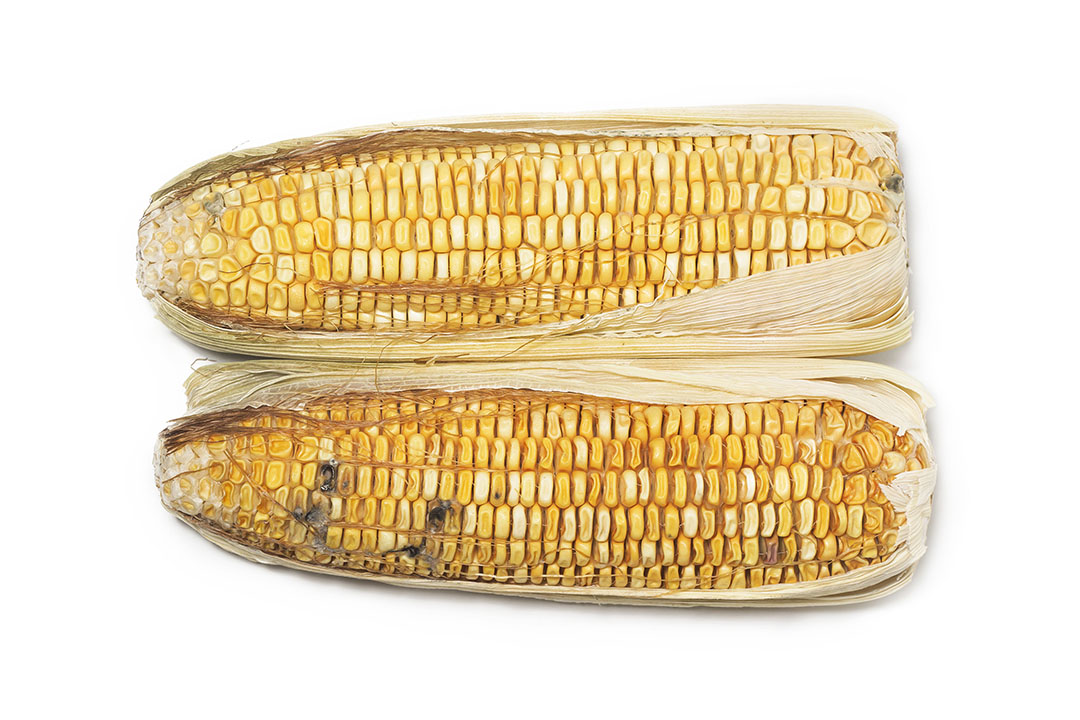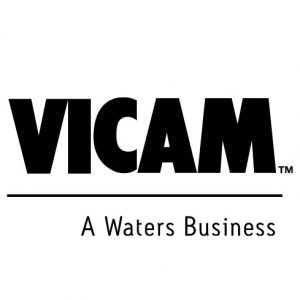Multiple mycotoxins: Shifting the prevention paradigm

The FAO has estimated that 25% of the world’s food crops contain at least one mycotoxin. Recent surveys of a wide range of cereal grains and other feed raw materials, however, suggest a more widespread and complex problem.
In 2016, a meta-analysis of more than 107 research studies showed a pattern of multi-mycotoxin occurrence, with some combinations occurring with greater frequency (see image below).
Studies on cereals and feedstuffs show a consistent pattern of contamination, with 50-80% of cereal crops containing 2 or more mycotoxins. While the presence of more than one mycotoxin is concerning, studies also suggest that the danger to humans, livestock and companion animals is amplified due to ‘synergistic’ effects. Understanding the degree which animal feeding operations are impacted by these extremely toxic cocktails, and responding with preventive measures, is essential to safeguarding animal health, production and profitability.
Fighting an invisible enemy
Knowing which mycotoxin(s) may be present in a given cereal or feed product would provide valuable insight and help determine the best monitoring strategy. When it comes to bulk cereals and feed handling, however, visible mould may not be a reliable marker for contamination.
To measure is to know
While training technicians used on-site test kits at a cereals storage silo – during a significant aflatoxin outbreak – a maize sample containing visibly broken and discoloured kernels was selected, and, for comparison, a pristine sample with little to no visible broken kernels or discolouration. To our surprise, the pristine corn sample contained more than 300 parts per billion (ppb) aflatoxin, while the mouldy, discoloured sample tested zero (0) ppb for aflatoxin (see image below).

The risks
Heat stable and persistent, mycotoxins may move undetected into storage or feed processing, reducing feed quality and resulting in potential cross-contamination of otherwise clean raw materials and finished feeds.
Multiple mycotoxin screening
Early detection, sound management practices such as segregation into separate storage units, redirection of contaminated lots to suitable markets, or rejection at the point of delivery provide tactical approaches that enable prevention and quality control. In the case of multiple mycotoxin screening, on-time detection is available that is able to meet the time constraints of a fast-paced grain or feed operation.
Fully quantitative multi-mycotoxin detection capabilities include:
- Non-hazardous, eco-friendly extraction
- Rapid results – 10 minutes time to result for 6 mycotoxins
- Simple, easy to follow procedure
- Accurate, precise USDA-FGIS certified methods
- Single extraction/multi-mycotoxin detection
Myco 5-in-1 PLUS from VICAM provides fully quantitative results for up to 6 mycotoxins in just 10 minutes, for aflatoxins, fumonisins, ochratoxin A, zearalenone, deoxynivalenol (DON) and T2/HT-2. One, eco-friendly extraction is performed using a safe and alternative to traditional organic solvents such as methanol or ethanol. A small volume from the filtered sample is applied to each strip and the results are available after 5 minutes. For vomitoxin (DON), a simple incubation step is included. Users can select any combination of 2,3,4,5, up to 6 mycotoxins using this single extraction method.
Take home message
Effective multi-mycotoxin screening and prevention are possible with early detection and a sound plan for management and control.
Find out more about Myco 5-in-1 PLUS from Vicam


